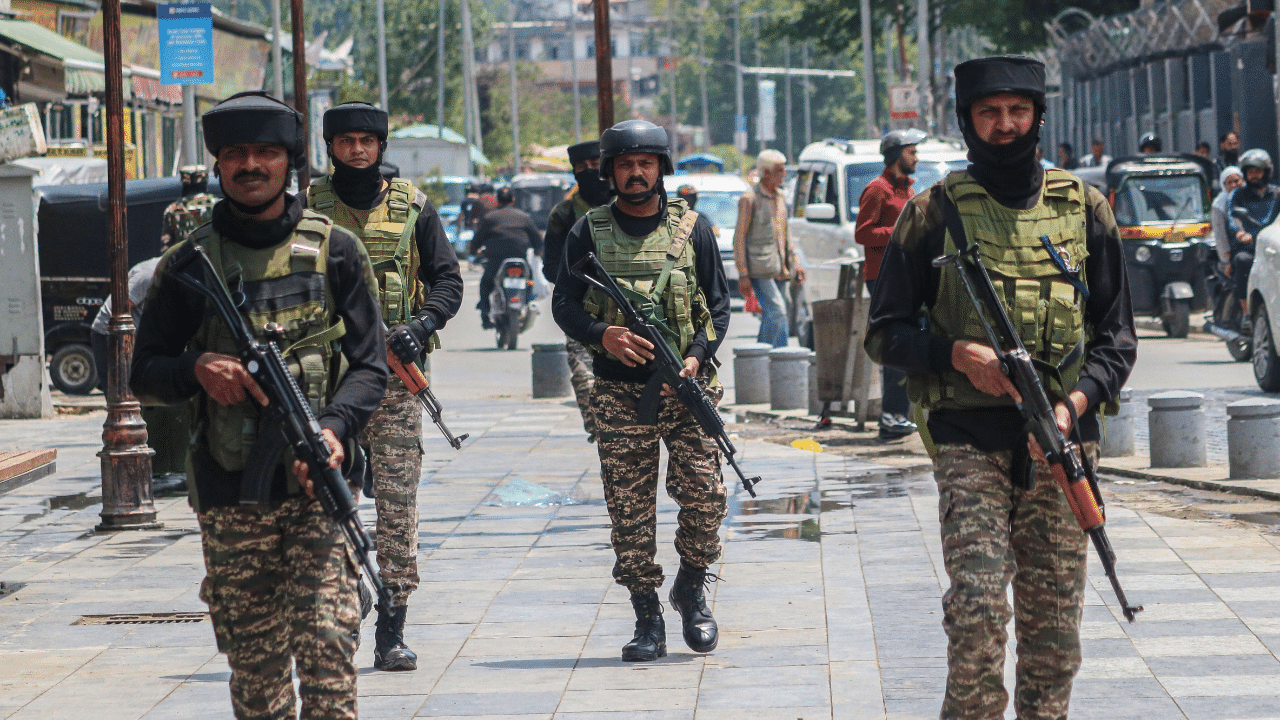By Colonel Danvir Singh (Retd)
The Information Warfare Challenge
In the hours after Operation Sindoor—launched in response to the Pahalgam terror attack—the battlespace expanded into the digital realm. Pakistan’s propaganda machinery moved in lockstep, orchestrating narratives across state media, sympathetic outlets, and coordinated online networks to shape perceptions at home and abroad.
Fabricated stories proliferated almost instantly: fictitious Indian battlefield losses, staged “surrender” videos, and unrelated archival footage repackaged as fresh combat imagery. Deepfakes and doctored clips were deployed to stoke communal tensions and undermine India’s stated objectives.
Official Pakistani channels amplified the falsehoods, even circulating fantastical claims of crippling cyberstrikes on India’s critical infrastructure, including the invented destruction of 70% of the national power grid. The objective was unmistakable: flood the information environment, create doubt, and push India into a reactive posture.
India’s Strategic Communication Framework
India’s response exemplified a strategic communication approach founded on immediate transparency, coordination, evidence-based rebuttals, and engagement beyond official channels. This comprehensive method proved decisive in countering misinformation.
Immediate Transparency and Factual Clarity
From the start, India chose transparent communication. The government held regular media briefings where the Foreign Secretary and Indian Armed Forces officers explained the operation’s goals. These explanations were supported by satellite images and audio-visual evidence. The briefings made it clear that Operation Sindoor was a non-escalatory, precise, and measured response aimed only at terrorist sites. The operation deliberately avoided Pakistani military installations.
Coordinated Inter-ministerial Response
India set up a centralised Control Room that worked around the clock. This room enabled real-time coordination between the Army, Navy, Air Force, and media units. The Army played a central role, sharing accurate operational updates in real time. Media and fact-checking teams could then respond quickly to ISPR’s disinformation. Information warfare cells in the Army also predicted hostile narratives. They equipped communicators with evidence so India stayed ahead in the narrative battlespace.
This unified approach ensured messaging was consistent across all channels and prevented contradictions. As a result, adversaries were unable to exploit the narrative.
The Press Information Bureau’s (PIB) Fact Check Unit worked around the clock. It debunked over 40 major disinformation campaigns during the operation. This quick response stopped false narratives from spreading in mainstream discourse.
Evidence-Based Rebuttals
Instead of arguing, India used verifiable evidence to counter Pakistani propaganda. The PIB Fact Check Unit observed that Pakistani content appeared approximately every 30–40 minutes, with the same messaging. This pointed to centralised coordination. Officials also tracked anti-India posts, noting they were sent during peak social media usage times to gain maximum engagement.
Most rebuttal material came from the Army. These were quickly approved for public release. With timestamped visual proof, India disproved ISPR’s fabrications and further shot down Pakistan’s credibility.
Leveraging Civil Society and Media
India also benefited from grassroots digital activism, beyond official channels. Fact-checking organisations and patriotic social media influencers worked together to counter false narratives. This allowed Pakistan’s propaganda to face rebuttals from many sources. Analysts described this as “digital dharma in action.”
International Validation
India’s transparent communication garnered international support. Unlike previous conflicts, several initially critical countries modified their positions after receiving factual briefings.
India’s clear communication helped international observers understand the scope and goals of the operation. This prevented Pakistan from escalating the conflict into a global one, unlike what had happened before.
Principles for Future Success
Speed and Accuracy Over Perfection – India’s rapid response proved more effective than waiting for perfect information. The government opted for quick, accurate rebuttals over comprehensive analyses. This prevented false stories from gaining traction. To maintain this edge, it’s essential to establish rapid-response systems in government communication.
Multi-Domain Integration – The operation demonstrated that information warfare must be an integral part of national security strategy, not an afterthought. Strategic Communication professionals should join operational planning from the start. This ensures messaging matches tactical and strategic goals.
Narrative Consistency Across Platforms – India succeeded by maintaining consistent messaging across official channels. At the same time, civil society actors could amplify the main themes independently. This stopped adversaries from exploiting contradictory messages and still allowed for open discussion.
Looking Forward
Operation Sindoor proved that precise, transparent, and coordinated messaging can secure a decisive information victory.
By integrating operations on the ground with strategic communication, the Indian Army decisively countered ISPR’s propaganda. Treating information warfare as a core domain ensured that strategic and military successes were aligned.
The operation’s communication strategy offers a clear template for democracies facing hostile disinformation, highlighting the advantage of prompt, truthful communication over manipulation.
Chief of Defence Staff General Anil Chauhan noted that 15% of operational time was spent debunking fake news. This fact demonstrates that information warfare is a vital component of national security and cannot be overlooked.
Operation Sindoor demonstrates that victory in strategic communication relies on a commitment to the truth and operational agility. India’s example proves democracies can safeguard narrative sovereignty while upholding democratic ideals.
